When running Team Dynamics training or “The Five Dysfunction of a Team” workshop, I emphasize the importance of having conflict in a team. The topic of conflict is somewhat scary for a lot of people, as even the word itself has a heavy negative connotation for many of us. While the training attendees eventually agree with the need for constructive disagreements in order to progress as a team and nurture innovation, it is still not so obvious how we could behave in conflicting situations so that they will not hurt our relations.
I like paying extra attention to a subject of conflict to demystify it and to help make the perception of conflict less intimidating. One of the exercises I run is one based on Thomas-Kilmann Conflict Management Styles Model.
Outcome: The attendees learn about basic Conflict Management Styles, reflect on their default style of behavior in conflicting situations, and understand that they can be flexible in applying the different conflict management styles for different situations. As a result, tolerance toward disagreements in a team gets higher, and the team members learn to handle conflicting situations easier. Also, they understand better the behavior of other team members in conflicting situations.
Format: It can be done both in-person and online. Face-to-face is more fun, of course.
Duration: 30-40 minutes
The Exercise
First, I explain the model, we talk about 5 styles of Conflict Management, and we all discuss the advantages and disadvantages of every style (~10-15 minutes):
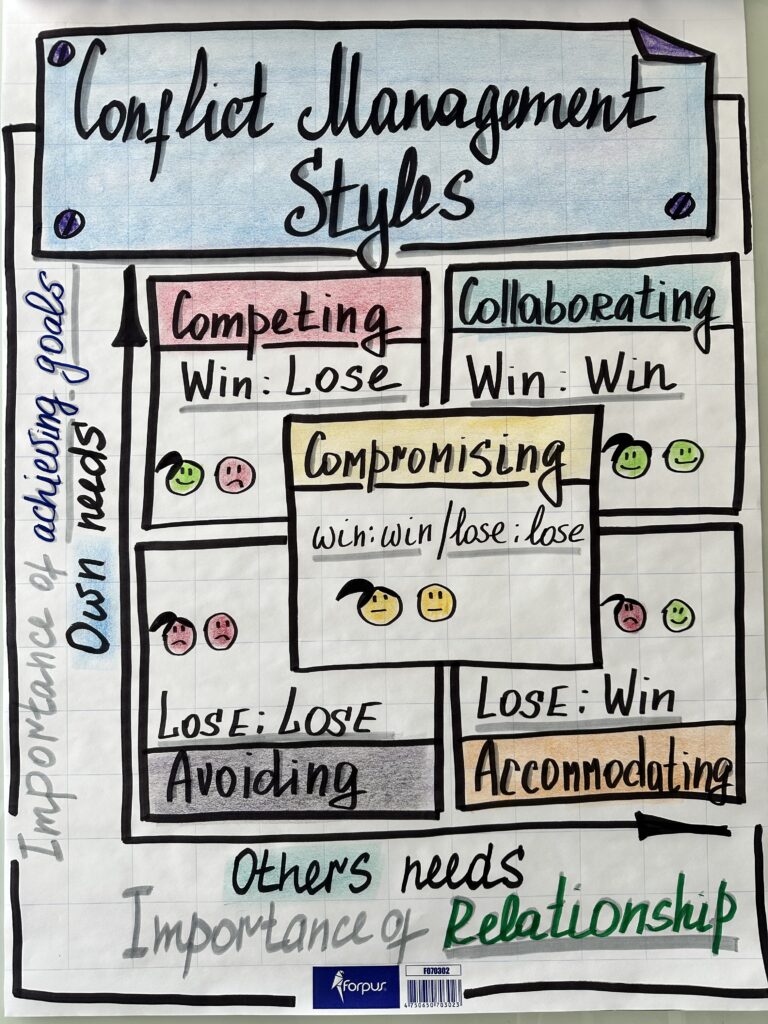
Then I introduce animal metaphors for every one of the styles:
Then I offer the attendees to think about what is their default style of behaving in conflicting situations. Already here, many people start asking very good questions like: “What if my default style is Dragon (Competing), but I try to behave in a Collaborative style to not harm the relationships?”. I say that we will address it later, but for now, ask the participants to identify their favourite “knee-jerk reaction” style.
I put the papers with animal metaphors on the floor and ask the attendees to go close to their preferred conflict management style representation (for online setup, use a virtual whiteboard). I always acknowledge the honesty of those who have gone to Dragon (Competing) corner, as it might not be so easy to admit it in front of other team members (I know this very well, as it is my native conflict management style, too 👀. Something that doesn’t help much in a work of Agile Coach).
BTW, I replaced the commonly used Shark metaphor for a Competing style with the Dragon metaphor – to make it easier for people with this preferred conflict management style to admit it, as Shark has a too negative connotation. (Or maybe to make myself feel better?)
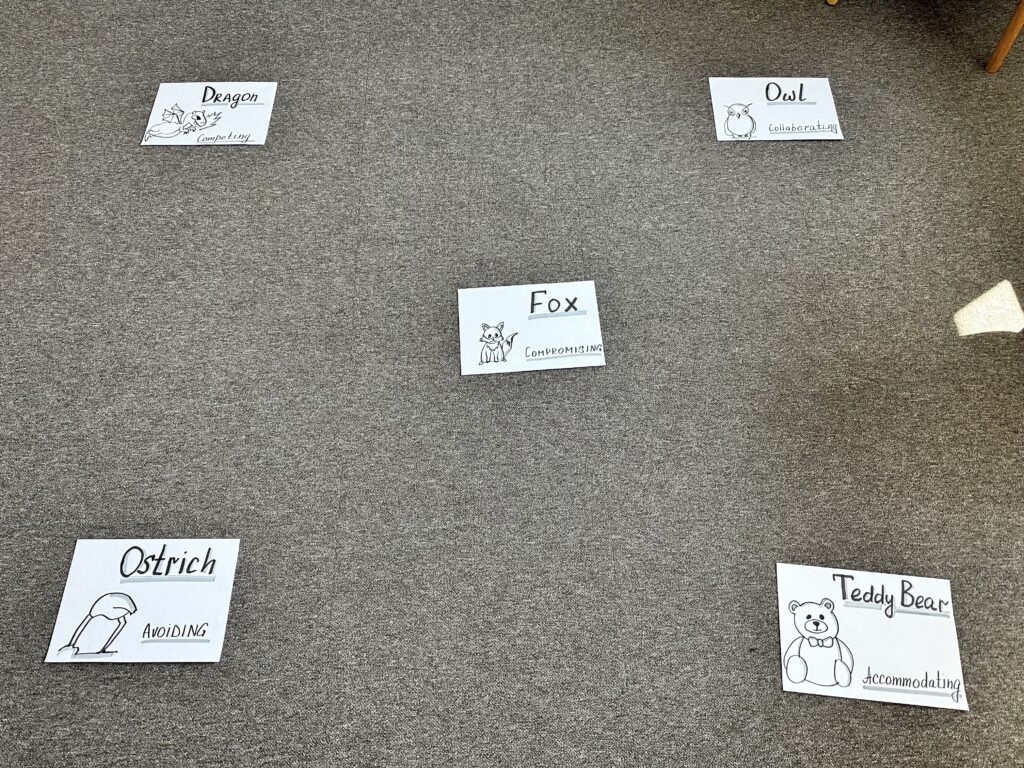
Then I ask which of the Conflict Management Styles is the best one. Usually, people name Collaborating style (and it is really great to know that people think it is the best!). Here we start a conversation that there is no such thing as the best conflict management style, as all of them have their benefits, time, and place. We all have the ability to apply them flexibly, depending on the situation. And here, we start discussing in which situation we should use each of the styles and when we need to avoid them (“When using the Competing style is beneficial? When we need to avoid it?”).
It is explained very well here when you should use and when to avoid them:
Source: Conflict Management Styles
Knowing our default Conflict Management style is important, as we naturally stick to it in emotionally charged situations. If we are able to acknowledge this, it will help us make a conscious choice not to use our default style when it is inappropriate and ineffective, or at least raise awareness about what is going on when we still behave in our habitual manner.
It also helps team members to realize how different styles other team members might have and to better understand their behavior during discussions (like someone with a default Accommodating style keeping silent during those)
Additional resources:
What is the Thomas Kilmann Conflict Management Model? (With examples)
Effective Conflict Resolution in the Workplace with Thomas Kilmann Model
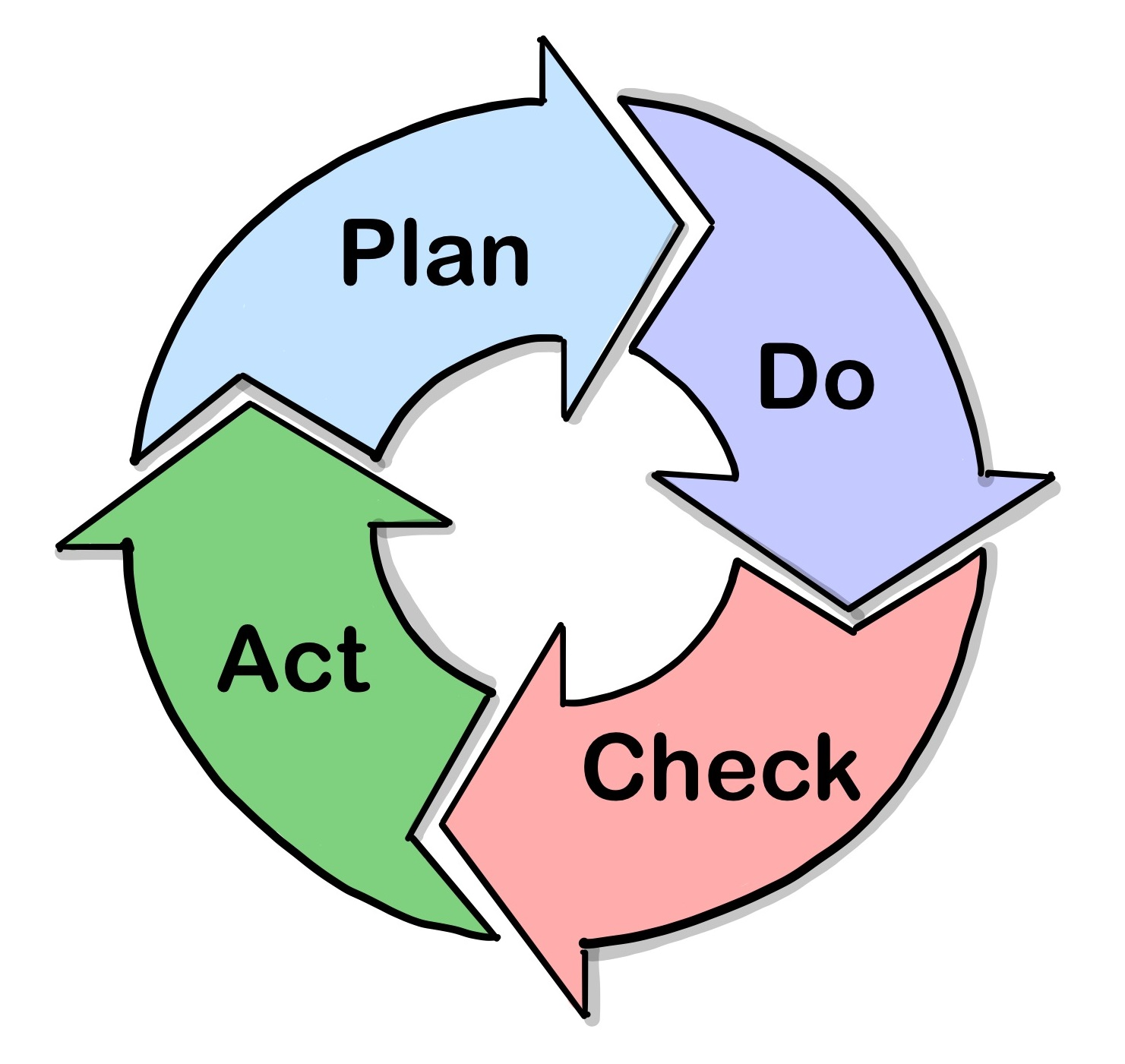
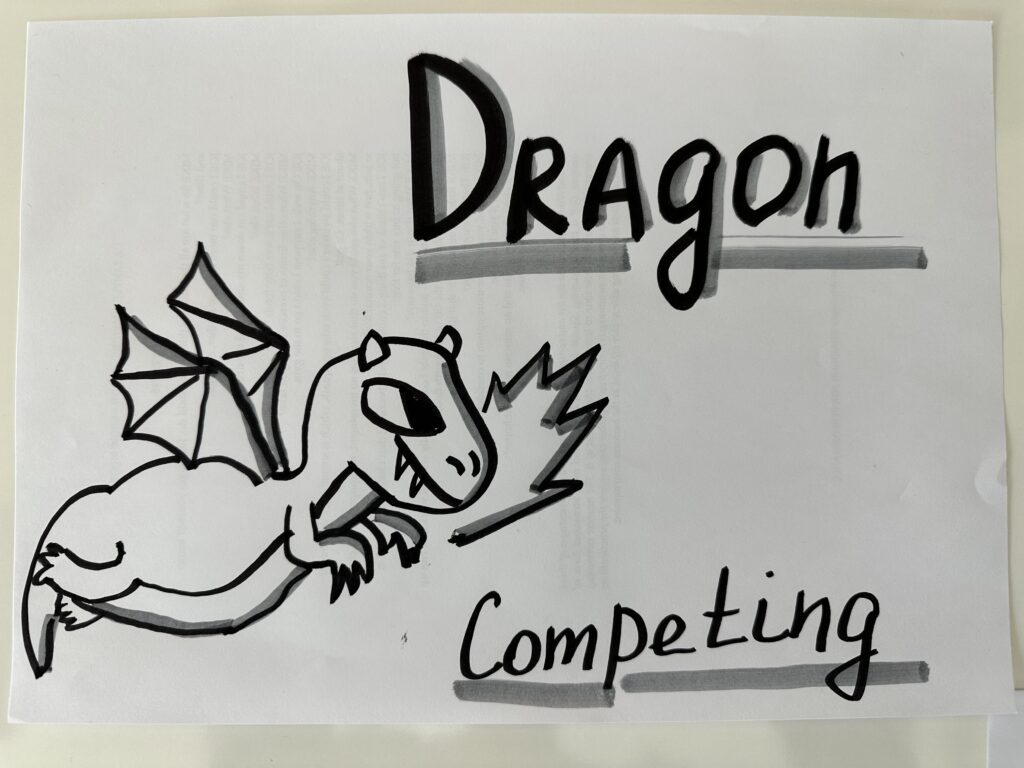


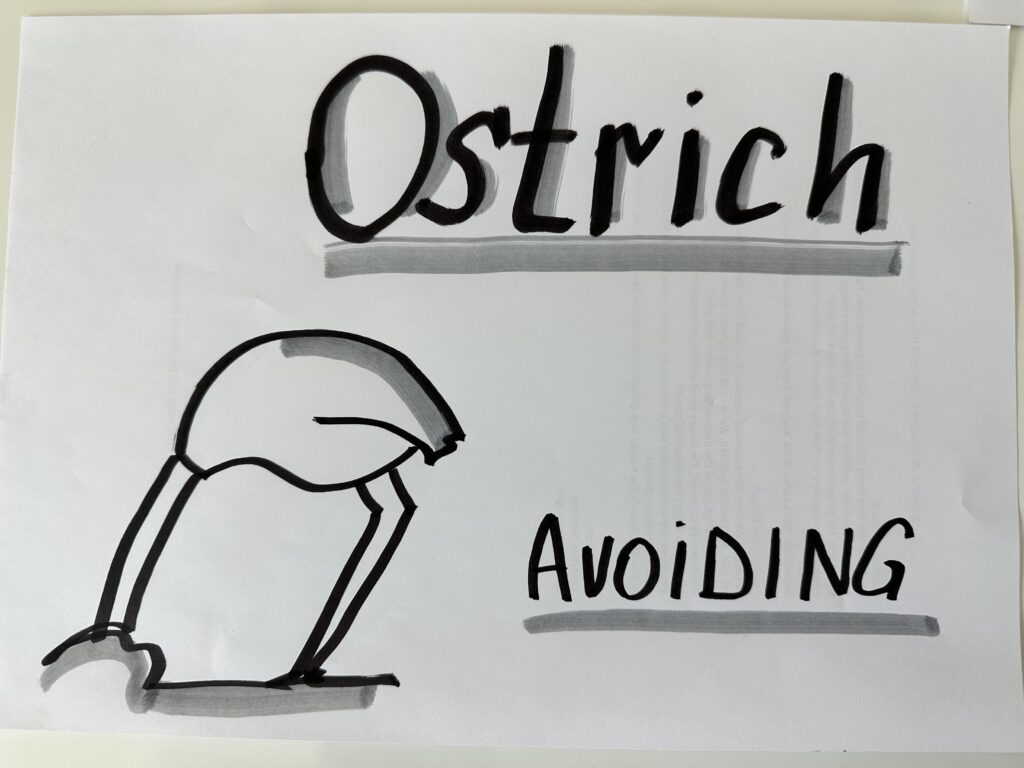
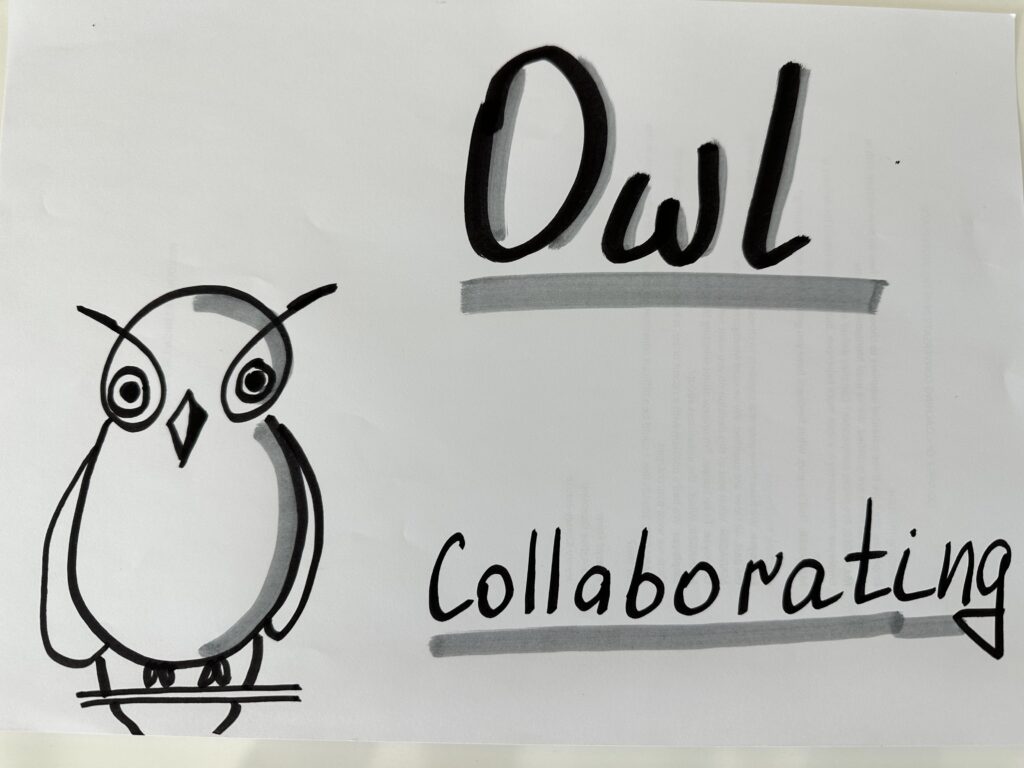
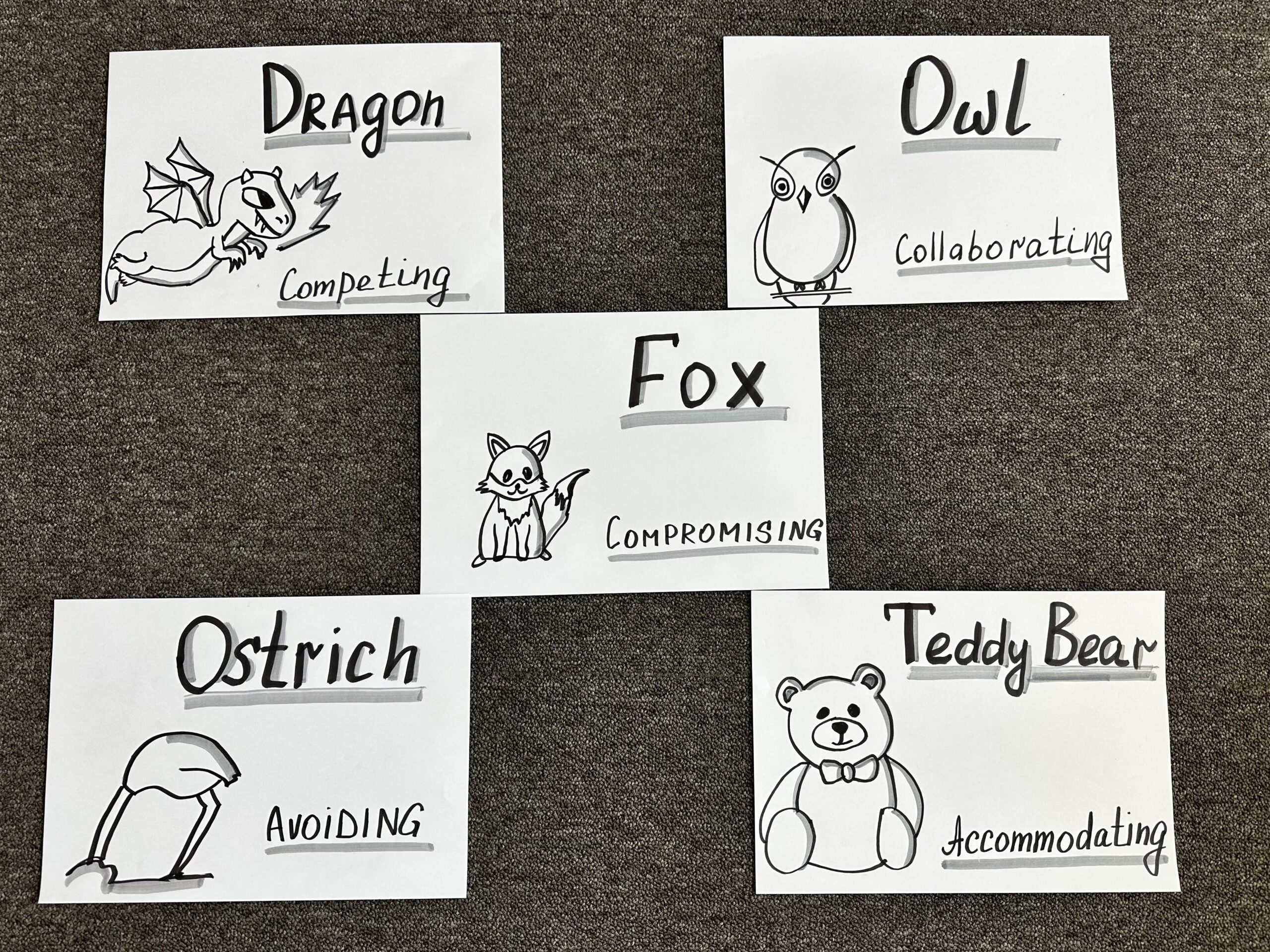
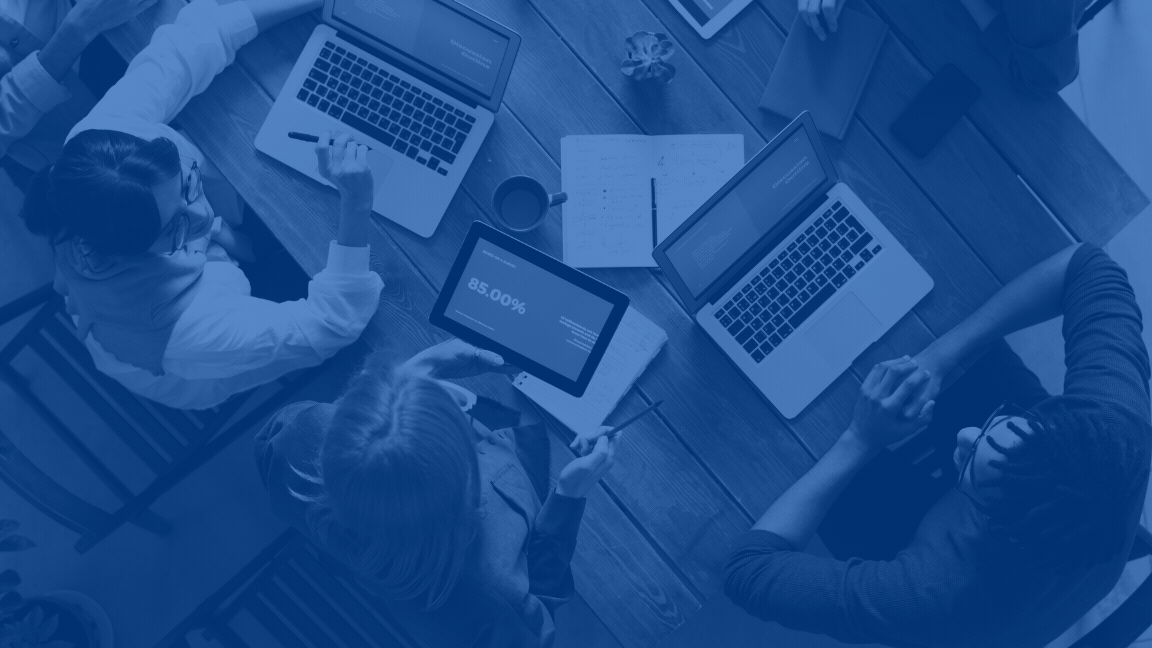
Leave a Reply